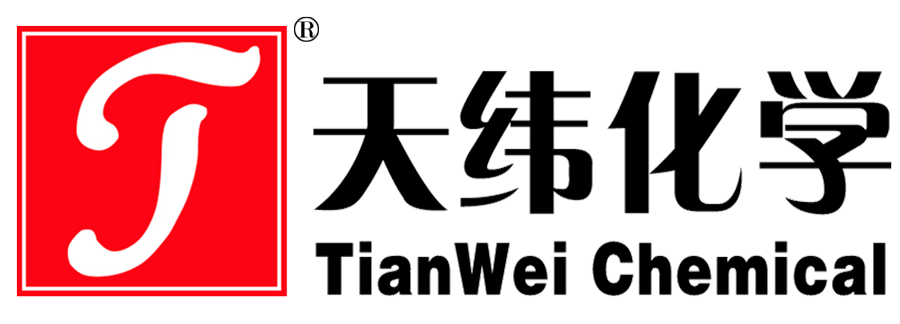-
Industrial preservative BIT(1, 2-benzoisothiazolin-3-ketone)
1, 2-benzoisothiazolin-3-ketone English abbreviation BIT, CAS#2634-33-5, BIT antiseptic fungicide is a new generation of non-CIT /MIT and AOX long-acting fungicide, Collier company based on the BIT active substances specially developed a variety of products and for different forms of formula products, such as: K-Bio B20,K-Bio 210,K-Bio MBS, etc. The application range is very wide,
11-11-2022 -
What are the characteristics of wall mildew prevention agent you need to buy
Wall anti-mildew agents are very small molecules, they can be deeply penetrated when used on the surface of the appropriate substrate, they react with the substrate and itself, obtain durability, curing, water vapor may pass through, liquid water can not enter the substrate. Wallpaper mildew is colorless transparent neutral waterproof agent (PH ≌8), will not react with the substrate, it can penetrate into the substrate interior to more than 3 mm, after curing, liquid water can not pass through, air can pass through, effectively prevent the wall moisture infiltration
10-11-2022 -
Sterilization antiseptic mildew agent use knowledge points
Tianwei bactericidal, antiseptic and mildew prevention agent is developed by our company's proprietary technology. It is an efficient and broad-spectrum antimicrobial agent, which has strong killing and inhibiting effect on a variety of pathogenic microorganisms. It can be used in various kinds of resided and washed products such as cream, emulsion, shampoo, and wipes, and is widely used in oil-in-water emulsion system and water-soluble formula. Compatible with various surfactants, proteins and most cosmetic ingredients.
09-11-2022 -
Wood anticorrosion and mildew agent performance characteristics
Tianwei colorless wood preservative is a kind of anti-corrosion and insect-prevention products for wood and furniture developed and produced by our company. It is mainly used for anti-corrosion, mildew and moth-prevention treatment of wood, bamboo, rattan and other materials.
07-11-2022 -
Here are some special preservatives for chemical fiber oil
The product is a broad spectrum bactericidal preservative, which can effectively inhibit the propagation of bacteria, mold, yeast and fungus in the oil application system. It can be widely used in polyester silk, nylon silk, stretch silk and other systems.
02-11-2022 -
Application of mildew inhibitor
Mold is a kind of fungus, its characteristic is mycelium is more developed, there is no larger fruiting body. Like other fungi, there are cell walls, parasitic or saprophytic survival. Some molds can transform food into toxic substances, and some may produce toxins in food, namely mycotoxins. Since the discovery of aflatoxin, the contamination of food by mold and mycotoxin has been paid more and more attention. It causes great harm to human health, mainly manifested as chronic poisoning, carcinogenesis, teratogenesis and mutagenesis.
31-10-2022 -
Classification and mechanism of fungicides
Different agents have different sterilization mechanism, which can realize the effect of sterilization, but also avoid the re-pollution of water quality, fully maintain the water quality, to bring benefits to the enterprise. The following is a general information about the classification and action of fungicides.
21-10-2022 -
The upgrading of production equipment has been completed
In order to meet our product upgrading, improve product quality, reduce product energy consumption, material consumption, the equipment upgrade has been completed.
20-10-2022 -
National standards for formaldehyde emission classification and indoor bearing limit guidelines for wood-based panels were issued
According to the standards announcement issued by the State Administration for Market Regulation and the National Standards Commission on March 9 (No. 3 of 2021), GB/T 39600-2021 "Formaldehyde Emission Classification of wood-based Panels and Products" and GB/T 399598-2021 "Guide for Indoor Bearing Limit of Wood-based Panels based on the Limit Amount of Formaldehyde", managed by the National Technical Committee of Standardization on Wood-based Panels, were officially released and will be implemented on October 1, 2021.
19-10-2022




